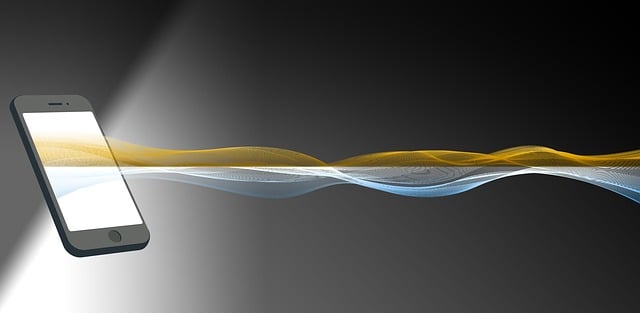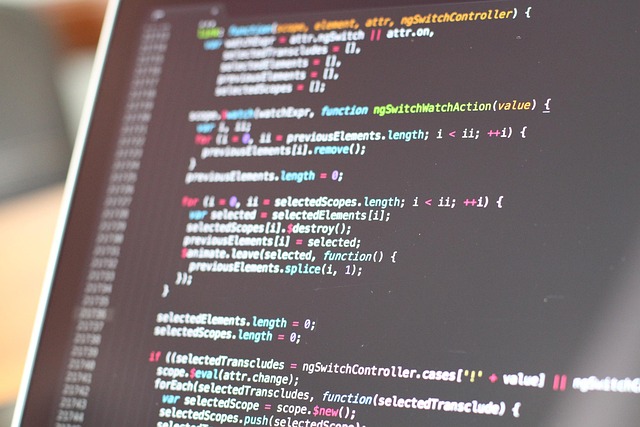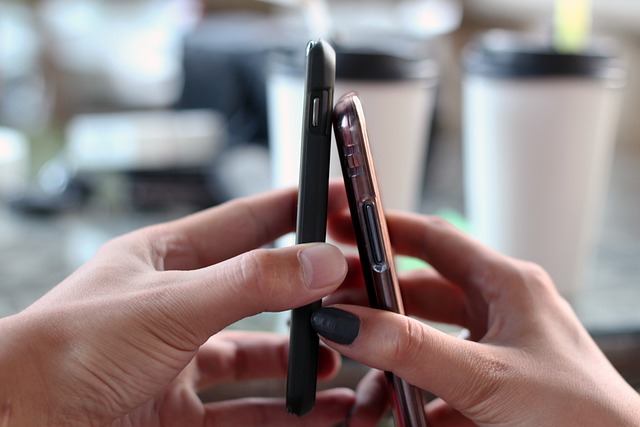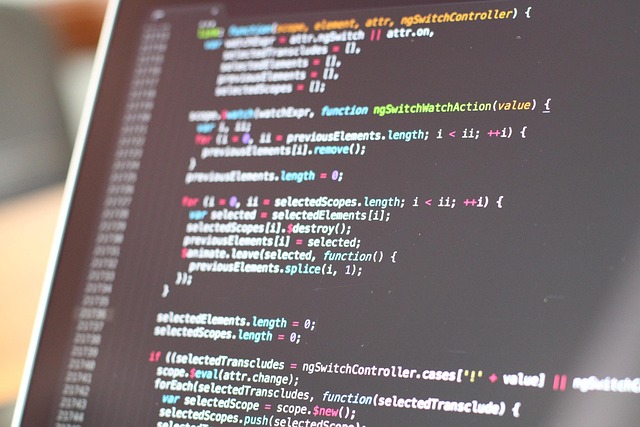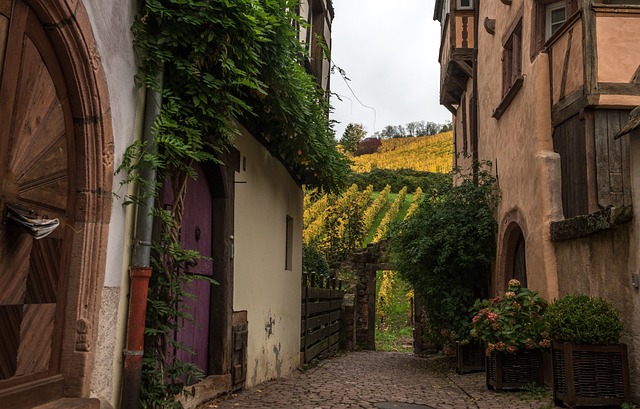perfume application techniques
Perfume Application Techniques: Unlocking Aromatic Artistry
Introduction
In the world of perfumery, the art of applying fragrance is a meticulous dance between scientist and scent. Perfume application techniques are the unseen orchestrators, guiding the journey of aromatic compounds from bottle to skin, ultimately shaping the olfactory experience. This comprehensive article delves into the intricate world of these techniques, exploring their historical roots, global impact, economic significance, technological innovations, regulatory frameworks, and future potential. By the end, readers will grasp the profound influence these methods have on the perfumery industry and our everyday sensory experiences.
Understanding Perfume Application Techniques
Definition and Core Components:
Perfume application techniques encompass the methodologies and processes used to deliver and enhance the scent of perfume. It involves a delicate interplay of science, art, and precision, ensuring that fragrances manifest on the skin as intended by the perfumer. Key components include:
- Fragrance Oils or Essences: The heart of any perfume, these concentrated oils contain the primary aromatic compounds crafted by perfumers.
- Solvents and Carrier Oils: These act as vehicles to dilute and transport fragrance oils, ensuring they adhere to the skin. Common solvents include ethanol, isopropyl myristate, and glycerin.
- Application Methods: Techniques range from traditional spraying to innovative methods like roll-on balls, atomizers, and even technology-driven devices that control release rates.
- Skin Interaction: Understanding how fragrances interact with skin pH, temperature, and oils is crucial for optimal scent projection.
Historical Context:
The practice of perfumery dates back millennia, with ancient civilizations like Egypt and China using aromatic substances for medicinal, ritualistic, and aesthetic purposes. Over time, the art evolved, with European courts during the Renaissance period establishing perfume-making as a prestigious craft. The 19th century saw the rise of modern perfumery, where synthetic compounds were introduced, revolutionizing scent creation and application methods.
Significance:
Perfume application techniques are vital for several reasons:
- Enhanced Olfactory Experience: Skilled application ensures fragrances unfold as intended, revealing top, middle (heart), and base notes in a harmonious sequence.
- Personalization: Techniques allow perfumers to tailor scent intensity and projection to individual preferences and skin types.
- Branding and Differentiation: Unique application methods can become signature traits for perfume brands, setting them apart in a competitive market.
- Scientific Precision: It involves precise control over fragrance release, making it an intriguing blend of art and science.
Global Impact and Trends
The world of perfume application techniques is a vibrant tapestry woven with threads from diverse cultures and regions.
International Influence:
- Europe: Known for its rich perfumery heritage, countries like France, Italy, and Spain have long dominated the global fragrance market. French perfumery, in particular, is renowned for its sophistication and attention to detail in application techniques.
- Asia: Japan and South Korea have emerged as hubs of innovation, incorporating advanced technologies into perfume application. For instance, some Japanese brands use nano-encapsulation to deliver fragrances slowly over extended periods.
- North America: The US market is characterized by a mix of luxury and mass-market brands, each with its unique approach to application techniques.
Key Global Trends:
- Sustainability Focus: There’s a growing trend towards eco-friendly applications using natural ingredients and biodegradable solvents.
- Personalized Fragrances: Customization is rising, with customers seeking perfumes tailored to their preferences and even skin chemistry.
- Technological Integration: Innovations like smart perfume bottles that monitor usage and dispense scents accordingly are gaining traction.
- Regional Fusion: Brands are experimenting with blending traditional techniques from different cultures, creating unique scent profiles.
Economic Considerations
The economic landscape of perfume application techniques is complex and dynamic, reflecting the broader perfumery industry’s intricacies.
Market Dynamics:
- The global fragrance market, valued at USD 173 billion in 2021 (Source: Grand View Research), presents a vast opportunity for innovative application techniques.
- Luxury perfume segments command premium prices, while mass-market options cater to a broader consumer base.
- Regional preferences play a significant role, with varying demands in East Asia, Europe, and North America.
Investment Patterns:
- Major brands invest heavily in research and development (R&D) to create unique application methods and attract consumers.
- Startups often focus on niche markets, offering innovative solutions like subscription-based perfume clubs that cater to personalized applications.
Economic Impact:
- Skilled perfumers and aromachologists are highly sought after, with their expertise influencing product development and brand positioning.
- The industry contributes significantly to employment and tourism in regions known for their perfumery traditions.
Technological Advancements
Technology has been a game-changer in the realm of perfume application techniques, opening new avenues for innovation and customization.
Innovative Technologies:
- Nanoencapsulation: This technique involves encasing fragrance compounds in tiny particles, allowing slow and controlled release over time, extending the scent’s longevity.
- Microdosing: By delivering precisely measured amounts of fragrance to the skin, microdosing offers a more customizable and personalized scent experience.
- Smart Delivery Systems: Advanced devices that use sensors to monitor skin temperature, pH, and movement, triggering fragrance release accordingly.
- Digital Perfume Creation: AI-driven platforms enable customers to design their own perfumes by mixing virtual scent compounds, offering a unique, personalized application.
Future Potential:
- Biotechnology: Exploring the use of biological organisms like bacteria and yeasts to produce fragrances could lead to more sustainable practices.
- 3D Printing: Customized perfume applicators and devices could be created using 3D printing technology.
- Augmented Reality (AR): AR applications can guide users through virtual scent experiences, aiding in personalized application choices.
Policy and Regulation
The perfumery industry, including its application techniques, operates within a web of legal frameworks designed to ensure safety, quality, and consumer protection.
Key Regulatory Bodies:
- US Food and Drug Administration (FDA): Sets regulations for cosmetic ingredients, including fragrances, ensuring their safety for consumer use.
- European Chemicals Agency (ECHA): Responsible for registering, evaluating, authorizing, and restricting chemicals in the EU, impacting fragrance ingredient choices.
- International Organization for Standardization (ISO): Publishes standards for various aspects of perfumery, including quality control and testing procedures.
Regulatory Impact:
- Strict regulations ensure that fragrances used in applications are non-toxic and safe for topical use.
- Labeling requirements provide consumers with information on ingredients, potential allergies, and usage instructions.
- The rise of natural and organic perfumes has led to increased demand for certifications like ECOCERT and COSMOS, setting standards for sustainable practices.
Challenges and Criticisms
Despite its allure, the world of perfume application techniques faces several challenges and criticisms that require thoughtful strategies for resolution.
Main Challenges:
- Sustainability: The industry’s reliance on synthetic compounds and packaging raises environmental concerns.
- Health and Safety: Some fragrance ingredients have been linked to potential health issues, necessitating rigorous testing and transparency.
- Accessibility: High-end application techniques and perfumes can be costly, limiting accessibility for a significant portion of the population.
- Over-saturation: With numerous brands entering the market, consumers face an overload of choices, making personalized decisions challenging.
Proposed Solutions:
- Sustainable Innovation: Encouraging the development of biodegradable materials and natural ingredients can address environmental concerns.
- Transparency and Education: Brands should disclose ingredient lists and educate consumers on potential sensitivities to build trust.
- Affordability and Inclusivity: Niche players can offer more accessible options, while mass-market brands can incorporate affordable application techniques.
- Personalization: Tailoring fragrances to individual needs can cut through market saturation, ensuring consumer satisfaction.
Case Studies
Case Study 1: Japan’s Nano-Encapsulation Revolution
Japanese brand Aromascape has pioneered the use of nano-encapsulation technology in their perfume applications. This method involves encasing fragrance notes in tiny particles, allowing them to be slowly released over several hours. The result is a long-lasting scent that evolves gently, providing an immersive olfactory experience. By controlling the release rate, Aromascape offers a personalized scent journey, catering to individual preferences and skin sensitivities.
Key Lessons:
- Technological advancements can revolutionize application techniques, creating unique and memorable experiences.
- Personalized fragrance delivery caters to diverse consumer needs, ensuring brand differentiation.
Case Study 2: France’s Art of Classic Application
The French house Chanel is renowned for its classic perfume application methods, passed down through generations of perfumers. Their signature technique involves layering scents, allowing each note to bloom at different stages, creating a complex and harmonious aroma. This meticulous approach ensures that the fragrance unfolds naturally on the skin, revealing its depth and character over time.
Impact:
- Classic techniques can evoke a sense of tradition and luxury, appealing to consumers seeking heritage and craftsmanship.
- Layering scents allows perfumers to create intricate olfactory compositions, setting their perfumes apart in a crowded market.
Future Prospects
The world of perfume application techniques is poised for exciting growth and innovation, shaped by emerging trends and strategic considerations.
Potential Growth Areas:
- Sustainable Practices: The industry will continue to embrace eco-friendly applications, natural ingredients, and biodegradable materials.
- Personalization: Advanced technologies will enable even more tailored fragrance experiences, catering to individual preferences and skin chemistry.
- Digital Integration: AR, VR, and AI will play a bigger role in scent exploration, creation, and application guidance.
- Wellness and Aromatherapy: There’s a growing interest in the therapeutic benefits of fragrances, leading to applications focused on mood enhancement and relaxation.
Emerging Trends:
- Sensory Experiences: Brands are focusing on creating immersive experiences that engage all senses, not just smell.
- Global Fusion: Blending cultural techniques from around the world will result in unique scent profiles appealing to diverse audiences.
- Incorporating Active Ingredients: Perfumes may include skin-beneficial active ingredients, offering both fragrance and topical advantages.
Strategic Considerations:
- Brands should invest in R&D to stay ahead of innovation curves, ensuring they offer cutting-edge application techniques.
- Sustainability should be a core principle, with brands setting examples for the industry by adopting eco-friendly practices.
- Personalization is key to winning over consumers, requiring investments in technology and data analysis.
- Digital transformation is essential, allowing brands to reach global audiences and provide interactive fragrance experiences.
Conclusion
Perfume application techniques are a captivating realm where art, science, and technology converge, shaping our olfactory experiences. From ancient traditions to modern innovations, these techniques have evolved to meet the diverse needs of consumers worldwide. As the industry navigates challenges related to sustainability, health, and accessibility, it also embraces opportunities offered by technology and personalization. The future promises exciting possibilities, with sustainable practices, advanced technologies, and tailored applications set to redefine the perfumery landscape.
FAQ Section
-
Q: Are there any safety concerns associated with perfume application techniques?
A: While perfumes are generally safe for topical use, some ingredients may cause allergies or sensitivities. Brands should provide ingredient lists and educate consumers on potential risks. -
Q: How do I choose the best perfume application technique for my skin type?
A: Consider your skin’s pH level, oil content, and sensitivity. Some techniques are better suited for drier skin, while others work well for oily complexions. Consulting with a perfumer or aromachologist can help. -
Q: Can technology truly enhance my perfume experience?
A: Absolutely! Advanced technologies like nano-encapsulation and digital fragrance creation offer unique experiences, allowing you to customize and interact with fragrances in new ways. -
Q: What are some eco-friendly perfume application techniques?
A: Sustainable options include using natural ingredients, biodegradable solvents, and packaging, as well as embracing traditional methods that minimize environmental impact. -
Q: How can I ensure a long-lasting scent from my perfume?
A: Application techniques like layering scents and using fixatives (e.g., alcohol) help extend fragrance longevity. Additionally, storing perfumes in cool, dry places preserves their quality.

